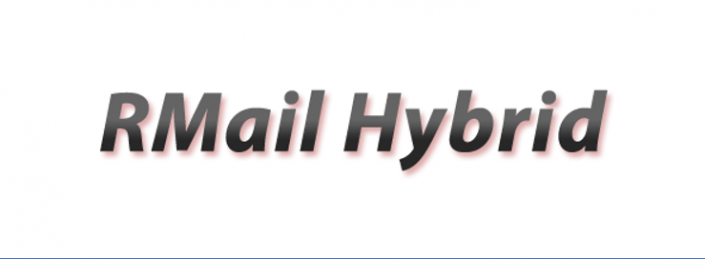
This is popular for integrating into sending business applications like SAP, Sage, Oracle, or home-grown systems that sends email using SMTP sending where the sending organization does not want to add web services or web APIs for sending as the:
Sending organization prefers all outbound email to transgress through corporate outbound emails security and archive systems.
Sending application does not provide easy (or cost effective) access to use web API modules.
Sending organization does not want to incur the cost of re-programing their business application.
In these situations, the sending organization can easily route messages to the RMail and RSign system without any custom programming by using the SMTP methods and a message formatting technique.
Authenticate sending server in the RMail system.
Authenticate sender address with RMail (IP authentication, domain verification, SPF, and DKIM set up).
Configure any email routing rules or message format for domain extension.
Authorize sending address with the RMail service plan for sending address.
Format messages for RMail SMTP routing.
Add header to indicate service features for RMail e-delivery proof, Registered and Encrypted, Message Level Encryption, Electronic Signature.
Add domain extension to route messages to appropriate RMail infrastructure.
Prepare for return receipts and data reports.
Sending organization whitelist RMail receipt servers.
Ensure sender address mailbox has storage and archive rules for volumes of return receipts.
Configure receipt options for sender address (in RPortal, options for Acknowledgements or alternate receipt routing).
Prepare for return receipts and data reports.
Set retrieve data time period.
Use REST API message ID send record or time frame to receive certified data reports.
Use REST API receipt retrieve process.
Receive transmission metadata updates.
Use REST API message ID send record or time frame to receive status updates.
